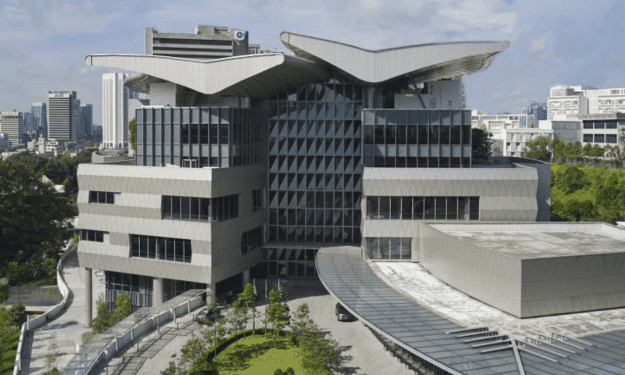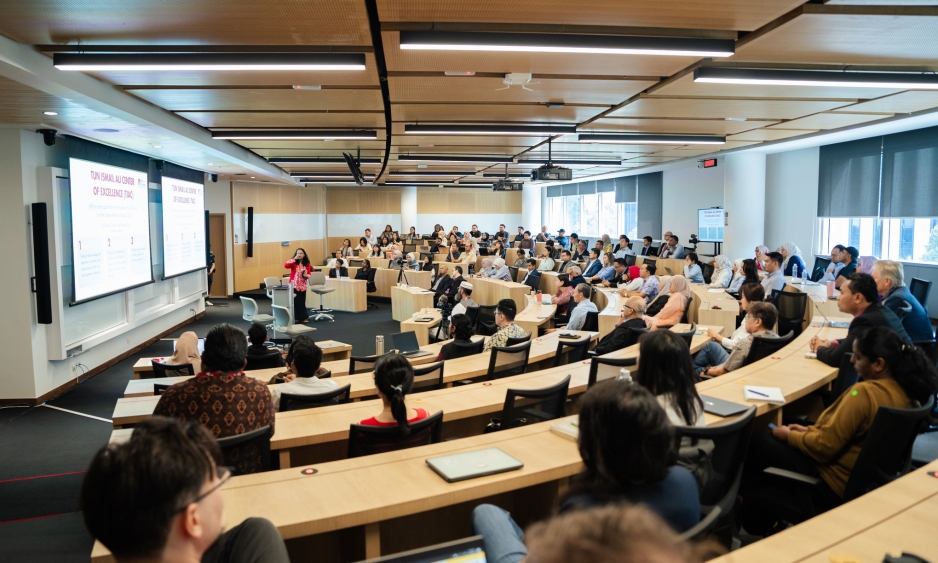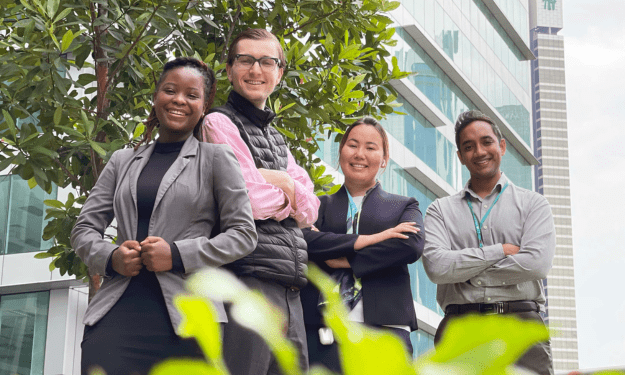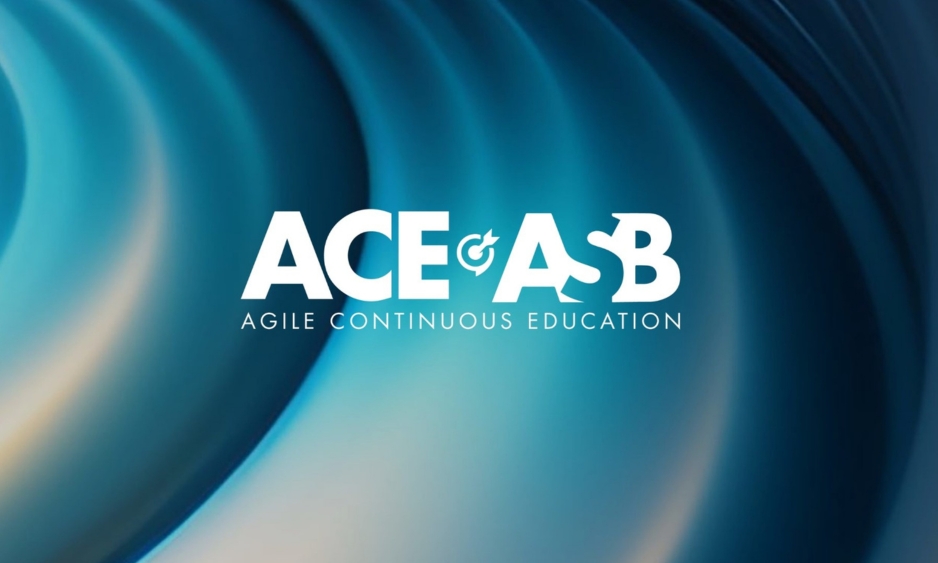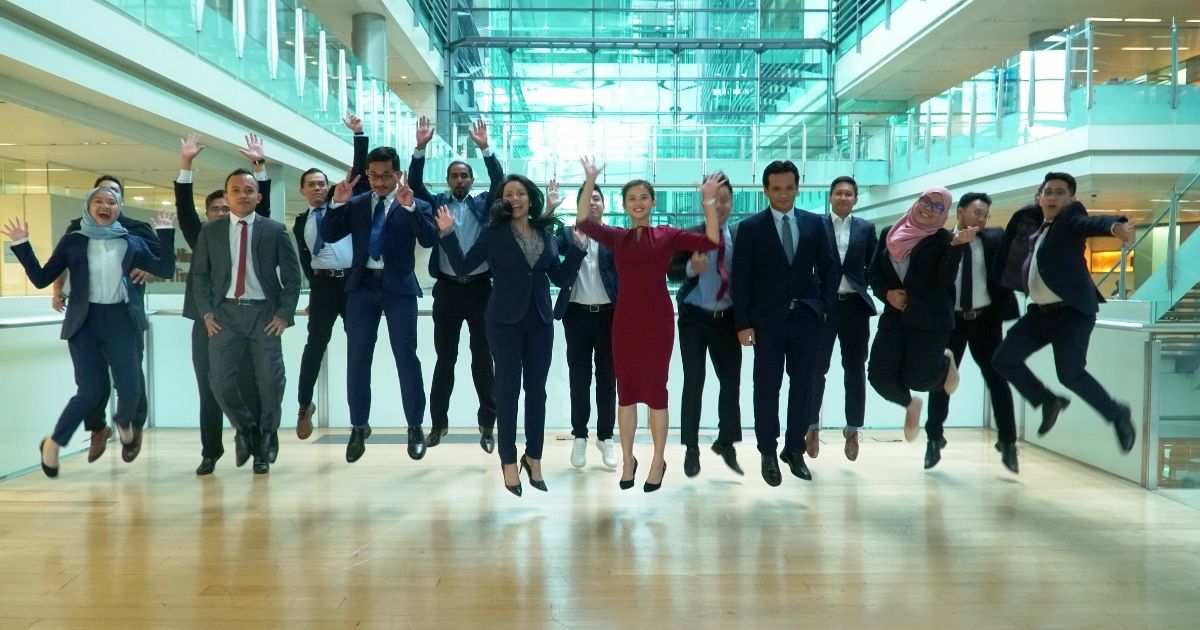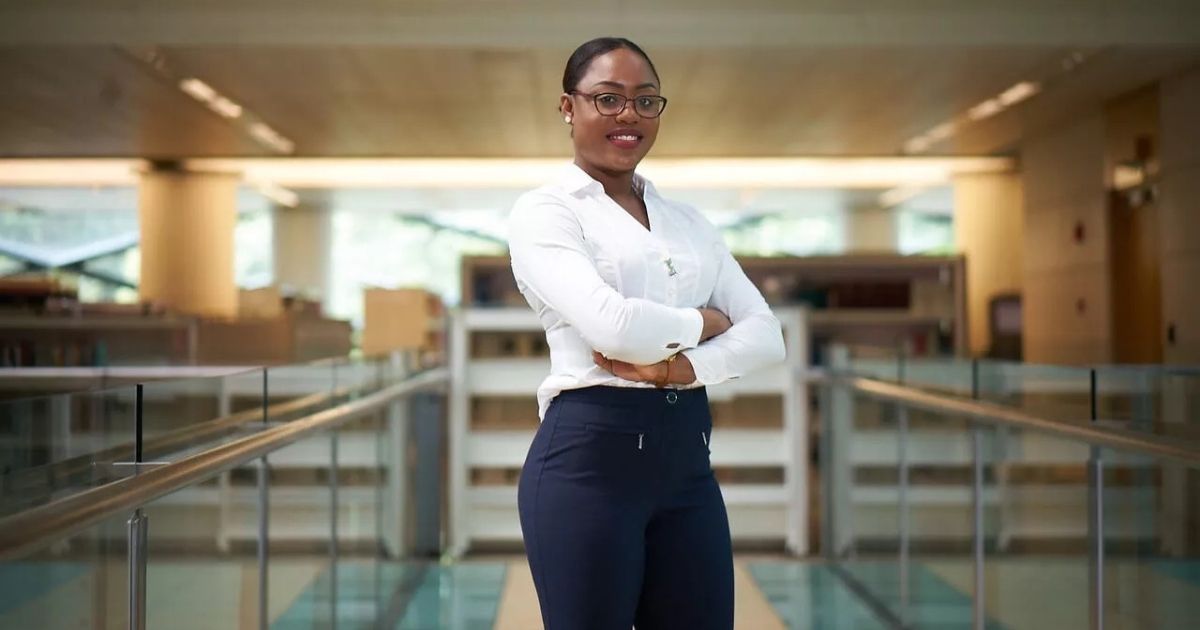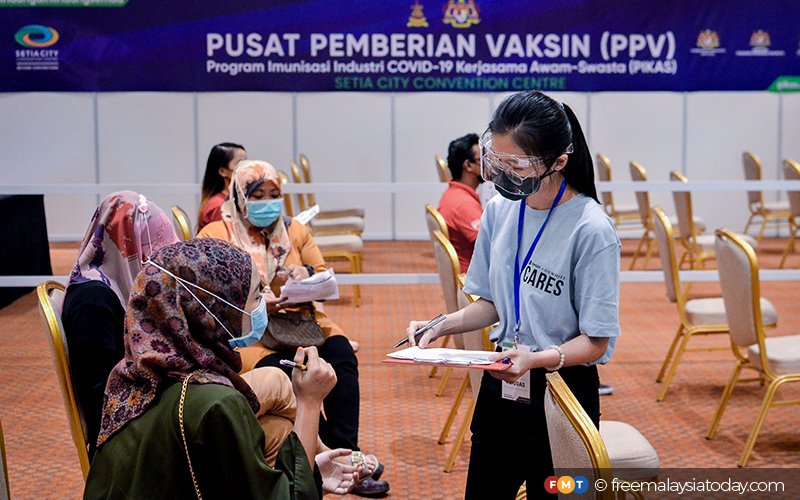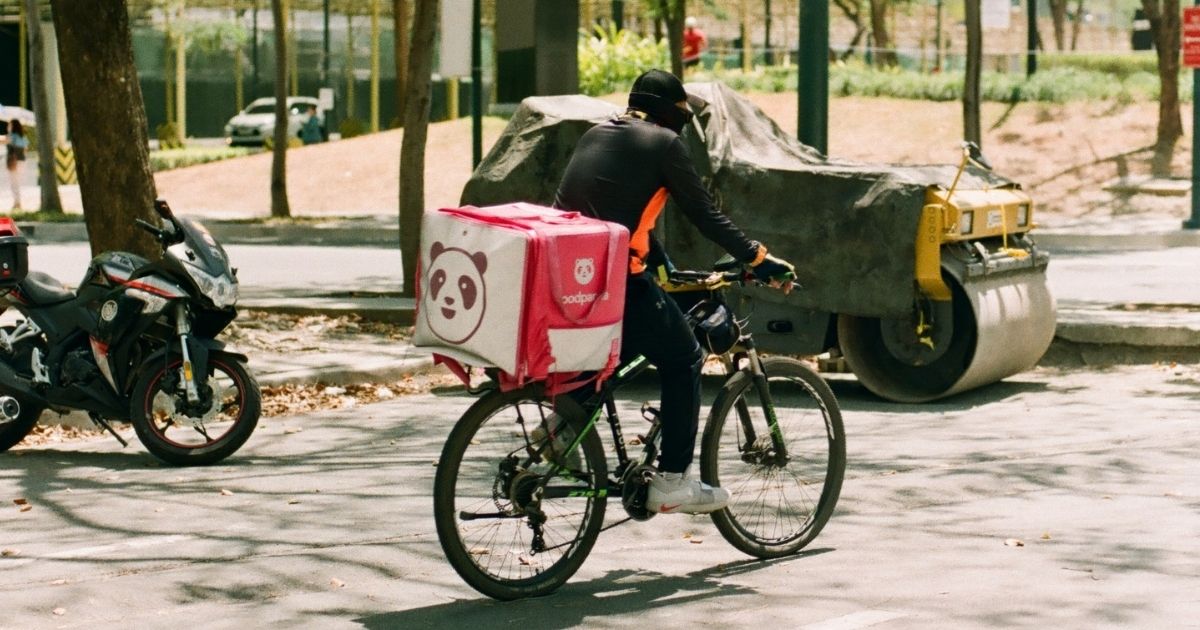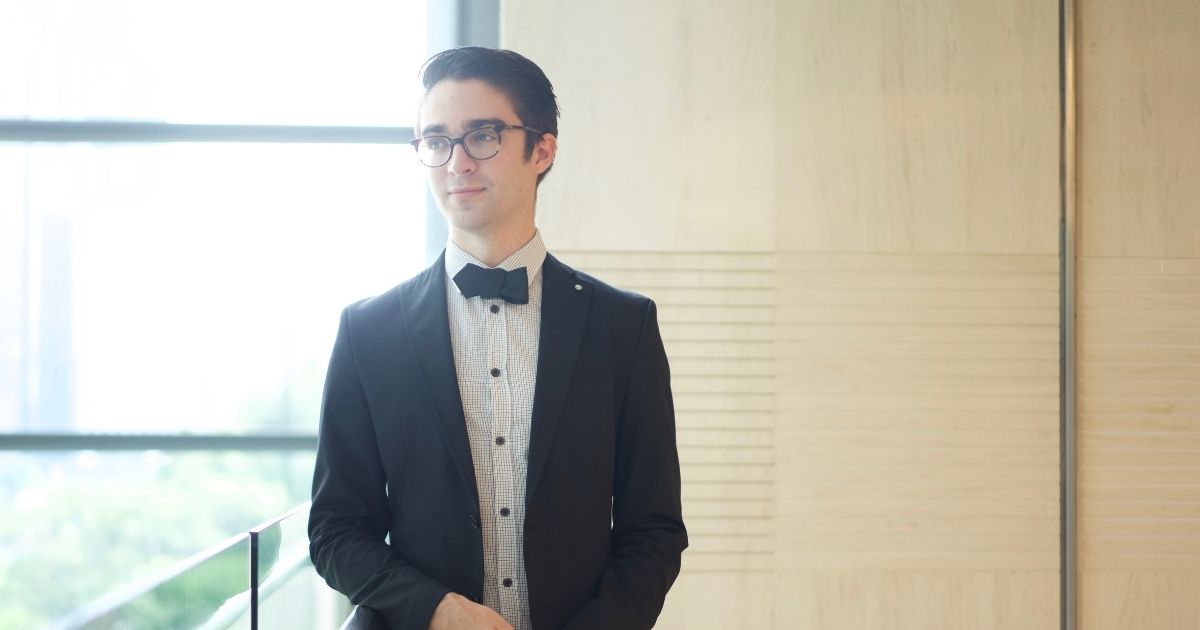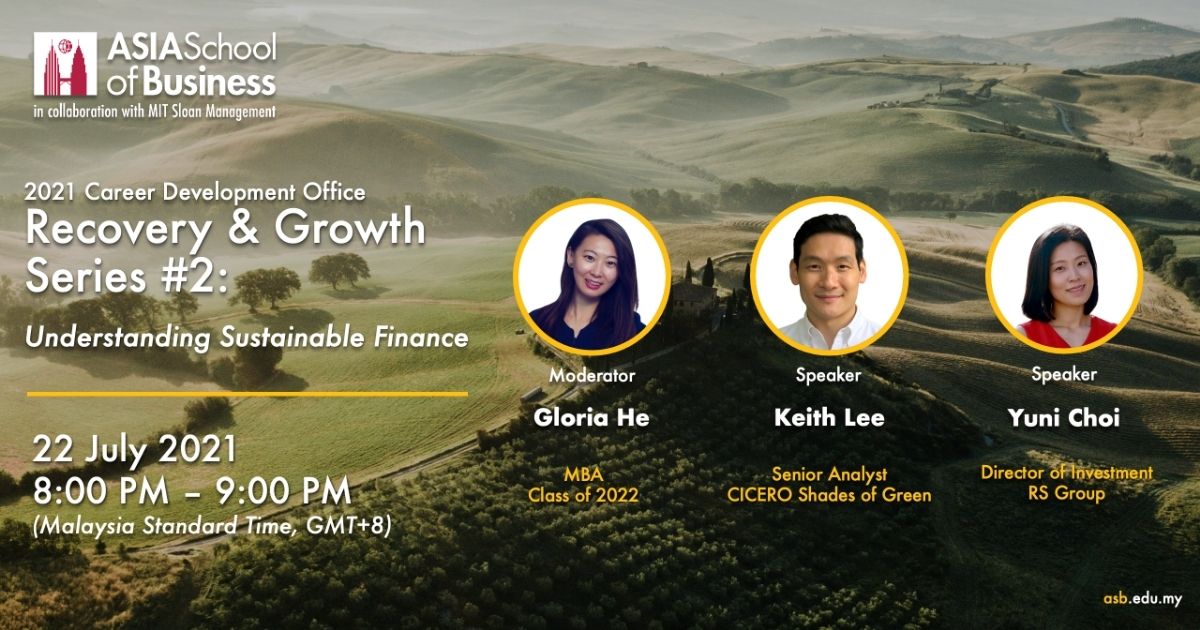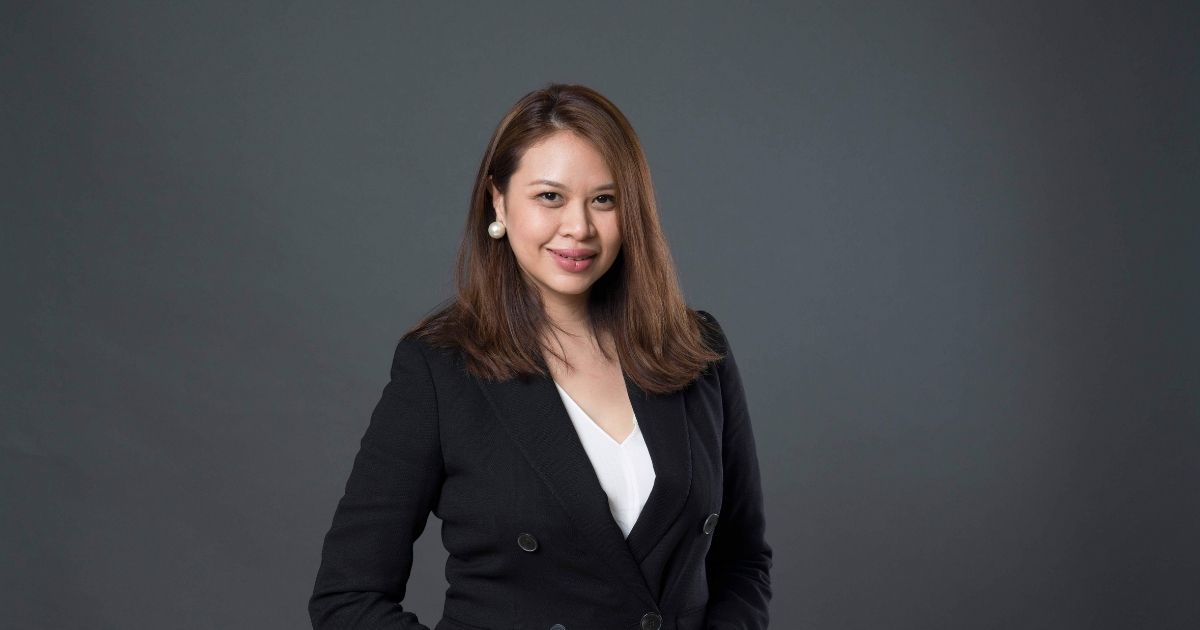Before landing her ideal job with one of Malaysia’s Top 3 Graduate Employers of 2020, it took a journey of self-discovery and reflection, many intense rounds of interviews during the job hunt, and even being made redundant in a prior role.
In a recent chat with Latisha, she spoke candidly about how she navigated these challenges and successfully landed an internal transfer within Microsoft into her current position, in the midst of the pandemic.
How did you decide that you wanted to pivot from oil and gas (O&G) into big tech?
I guess you can say I was the typical MBA student – I wanted a change of industry, but didn’t know what exactly I wanted to do next. I was interested in tech from the start, but it was more because it seemed like that was where the world is headed – towards greater digitalization, rather than any specific reason and interest.
Aside from tech, I considered many other industries as well just to see what would be the best fit. A big part of the reason I ended up applying to Microsoft is because I had such a great experience interning with them as part of my Summer Action Learning Project (SAP) at ASB.
Tell us more about how you landed the role in Microsoft.
My first exposure to working at Microsoft began with the summer internship as part of one of my ASB Action Learning projects. I must say that even in the application and interview process I realized that Microsoft’s recruiting team was very familiar with the concept of Action Learning.
ASB’s Action Learning team did a really good job communicating the structure and vision of Action Learning, which is to narrow down a large problem into smaller, scoped down problems that can be solved within a compressed timeframe.
In the first meeting I had with my manager during my internship, I was already being briefed on the broad problem they wanted to solve. I was tasked to drill down and scope it down, and was given a lot of freedom to do so – I practically defined my own Action Learning project.
I was also given the liberty to work with other parts of the organization to collect data quite independently, and when I delivered my final presentation, it was pretty well received. (In fact, when I returned to a full-time role after graduating, many people remembered me thanks to that presentation, including our Country General Manager.) I believe having a prior relationship with the team at Microsoft, thanks to my internship, also helped me land the full-time role at Microsoft.
What was the interview process like, and any tips for interviewing?
The interviews for the full-time role, post-MBA, at Microsoft was primarily focused on behavioral questions. I was able to talk about how my Action Learning experiences equipped me with a lot of transferrable skills.
This included sharpening my communication skills, learning to speak with brevity and make my points very clear, and to work in diverse teams. Beyond the interview with Microsoft, as I was considering all my options, I went through at least 70 interviews (including multiple rounds of interviews with the same employers).
What I found fascinating is that for most of these interviewers, they were most interested to learn about my Action Learning experience. They tend to ask me questions like, “You’ve had all these diverse experiences – what have you learned and what’s the common thread that holds all of them together?”
My response was that beyond experiencing working in diverse teams, on diverse projects – Action Learning gives you the opportunity to hone what ASB calls Smart and Sharp skills – that are highly applicable to any industry as well as different customers with different needs.
Were there any major cultural shocks of pivoting from O&G to big tech?
Yes and no. Many skills from my past experiences were transferrable. For instance, O&G engineers are very technically sound but don’t always have the right skills to explain things to the customer. In my previous roles, I had to act as a translator to the customers.
This is very similar in tech – on one hand, you must spend time upskilling yourself and understanding the technical terminology and how does it feed into the overall solution. But in my day-to-day role, part of what I do is being an interpreter for our customers to help them navigate issues they are having with Microsoft’s products.
That said, it does take time to get to that point of enough knowledge to have an intelligent, sophisticated business conversation. Perhaps one of the big culture shocks for me was that at Microsoft, a tech company, everything is self-served, and you need to get good, quickly, at searching for resources, information, and training materials.
There isn’t always someone you can go to for information, unlike in more traditional industries where you’re more used to just walking over to a colleague’s cubicle and asking them a question. At Microsoft, vast amounts of resources and information are all stored in self-service platforms. You just need a bit of savviness in looking things up.
Was it difficult to adapt to shifts in work approaches during Covid-19?
There’s definitely a big benefit of working in a tech company during this pandemic. It was really easy to pivot to working completely from home. Even before the pandemic, my team and I weren’t in the office every day. We work very flexibly, but we have the same level of interactions and conversations as if we were physically in the same place.
Microsoft really does trust and empower its people, not just with the flexibility to work from anywhere. They also support us by giving us the hardware we need to work from home comfortably. I saw so many other people from struggling to adjust because their companies would not or could not support them with the right tools to continue to maintain their productivity and effectiveness at home.
That said, there were some challenges with working completely from home. There were many days I would just have back to back calls, and not take any breaks. Before I knew it, I’d realize I had been sitting at my computer the entire day. For me at least, at the earlier stages of the pandemic, there was a psychological need to work continuous long hours to prove to colleagues you are doing work.
This was even in spite of the fact that at Microsoft, our leaders are always encouraging us to take breaks and downtime to decompress. I’ve since gotten better at saying things like, “Can this conversation wait till tomorrow?”, “I need to send my daughter to school” or “I need to have my lunch break.”
You mentioned that midway through the pandemic, your role was made redundant. How did it feel to go through this in the middle of a pandemic, and how did you respond?
Being in a fast-moving industry, it’s quite common for the organization to restructure on a regular basis. In the process, some roles get removed, not because the people were not performing in those roles, but simply because business priorities or market needs have shifted. One of the impacts of the pandemic is that the business was growing much faster in other areas and outpacing the area I was in.
Microsoft was very supportive in helping me transition out of the role, giving me supported time off before my last day to look for another role. Individuals in the organization were very supportive – many shared similar experiences where they had gone through the same thing, and were now in different roles in the organization.
I was also supported by a career coach to help me look for my next step. I was still hoping to land another role at Microsoft so I could transfer internally, rather than leaving the company. The opportunity came up to apply for another open role, and many of my colleagues were very supportive of my efforts.
For example, the recruiter handling my application accelerated the whole process for me as she wanted to personally ensure that I landed on my feet despite working on a very short time runway. I had our HR director calling me close to midnight, to make sure they had everything they needed for me to get transferred to my new role before my last day, so I wouldn’t have to leave and rejoin the company all over again as a new hire.
In the end, even though I ‘lost’ my previous role, I was able to seamlessly move to my next role in Microsoft without being unemployed, thanks to all the wonderful people I was surrounded with who are as invested in the success of others as they would be for their own.
What tips would you give to others who might be in similar positions to you?
You need to harness all the street smarts, initiative, persistence, and networking skills you possess to move past an unexpected bump in your ambitions. One thing that really helped me was talking to others who went through the same process of having to leave their current roles and look for new roles internally in a short span of time. It helped me feel less hesitant about talking to different people and asking them about potential opportunities.
What do you do in your current role, and how is it different from previous roles?
I’m enjoying my new role even more than I did my previous role! I’ve since moved to the customer success side of the business versus sales. My goals today are focused on driving adoption of the tech that our customers have already invested in. I feel that this is more aligned with my personality, and my interest in helping our customers succeed with their digital priorities over the long term.
Industry-wide, I’ve also noticed there has been a marked uptick in demand from tech employers for customer success roles. With the market shifting to subscription-based offerings and savvier corporate customers expecting tech to be solutions that are tailored to their exact needs, it is even more imperative to understand how and why customers engage with our products and provide them with a seamless usage experience to ensure they realize the full value of their digital investment and want to stay with us.
What advice would you give to ASB students about to graduate and begin their job hunt?
Don’t be afraid to put up your hand and ask for help. Help often comes from the most unexpected of places. When people know you are looking for help, they are going to remember you and you’ll be top of mind just because you reached out and asked. Especially during these unusual times, it’s not the end of the world if you get retrenched. Many people are in the same boat.
Take time to reflect, work on your resume, think about what previous experiences you’ve had and skills you have that would be transferrable to the next role. Try to talk to as many people as you can and don’t be embarrassed to ask for help.
For those specifically interested in the tech sector, I would encourage you to apply for roles even if you don’t have tech background. The beauty of the industry is that it is looking for smart, critical thinkers with a fresh perspective. More so than I initially thought, a healthy chunk of the technological skills can be learnt on the job – I had zero background in tech before I joined Microsoft.
There are ample training resources provided to support your upskilling. The most important factors are your adaptability, capacity to respond to change well (as the tech industry moves fast), openness to learning new things, and ability to work well with people, all of which we are well-trained for at ASB, thanks to Action Learning.
